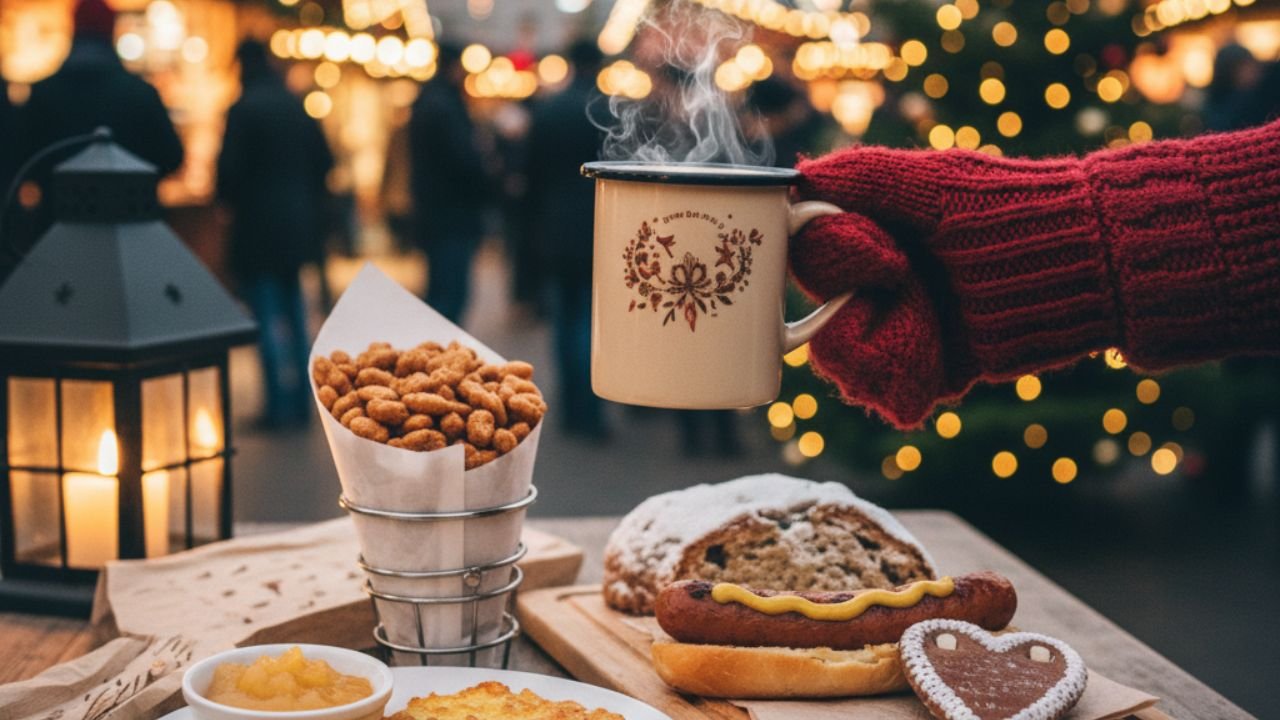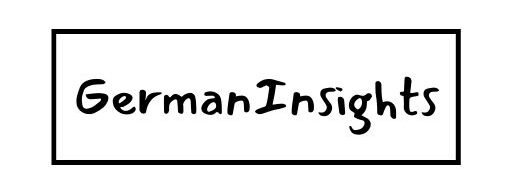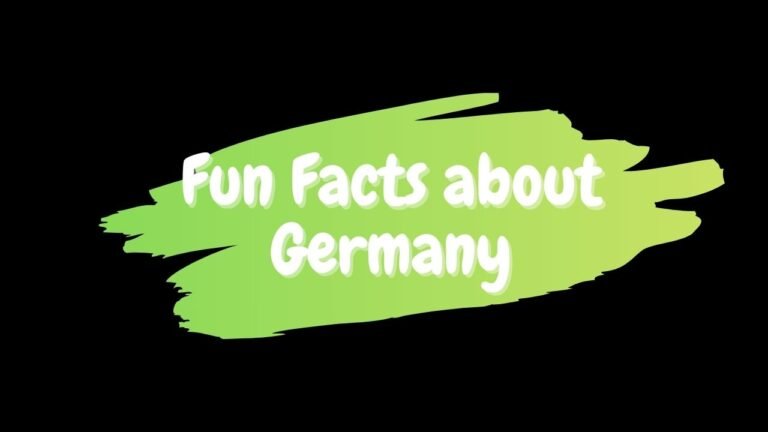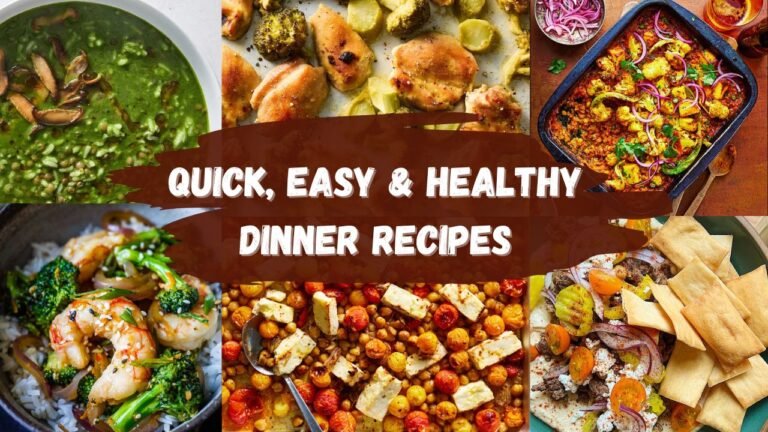What to Eat at A German Christmas Market

A visit to a German Christmas market (Weihnachtsmarkt) is a feast for all the senses, but especially for your taste buds. Here’s a guide to the essential and delicious treats you must try.
Traditional German Christmas Market Foods
These are the classic, must-have items you’ll find at almost every market.
- Bratwurst: The quintessential German sausage. Grilled to perfection and served in a bread roll (Brötchen), it’s the perfect savory snack. Look for regional varieties!
- Currywurst: A beloved street food classic. It’s a sliced bratwurst smothered in a special curry-flavored ketchup and dusted with curry powder.
- Kartoffelpuffer / Reibekuchen: Crispy, golden-brown potato pancakes. They are traditionally served with a side of sweet applesauce (Apfelmus), but you might also find them with a savory garlic or herb quark.
- Gebrannte Mandeln: Candied, roasted almonds. You will smell their sweet, cinnamon-sugar aroma from far away—it’s the signature scent of the Christmas market.
- Lebkuchen: Traditional German gingerbread. These come in various shapes and sizes, from soft, cake-like cookies to beautifully decorated hearts (Lebkuchenherzen) with icing messages.
- Käsespätzle: Germany’s comforting version of macaroni and cheese. These soft egg noodles are mixed with melted cheese and topped with crispy fried onions.
Unique and Regional Specialties
For those looking to try something a little different, keep an eye out for these special treats.
- Dresdner Handbrot: A hearty specialty from Dresden. It’s a large piece of bread baked with a filling of melted cheese and your choice of ham, bacon, or mushrooms, often topped with a dollop of sour cream.
- Flammkuchen: A thin, crispy flatbread, similar to a pizza. The classic version is topped with crème fraîche, thinly sliced onions, and bacon (Speck).
- Steckerlfisch: A visually impressive dish where a whole fish (often mackerel) is grilled on a stick over an open flame, giving it a delicious smoky flavor.
- Nürnberger Rostbratwurst: Famous, small finger-sized sausages from Nuremberg. Due to their size, they are typically sold in a set of three in a bun (“Drei im Weckla”).
- Germknödel: A fluffy, steamed yeast dumpling filled with plum jam (Pflaumenmus). It’s served warm, often in a pool of vanilla cream sauce and sprinkled with poppy seeds.
Festive Drinks
Staying warm is key, and these festive drinks are the perfect way to do it.
- Glühwein: The most iconic Christmas market drink. This is warm red wine mulled with spices like cinnamon, cloves, star anise, and citrus. White wine (weißer Glühwein) and rosé versions are also available.
- Feuerzangenbowle: A spectacular version of Glühwein with a theatrical twist. A rum-soaked sugarloaf is set on fire above the mug, allowing the caramelized, boozy sugar to drip into the wine.
- Eierpunsch: A warm and creamy German eggnog, typically made with egg yolks, sugar, white wine, and a splash of rum.
- Kinderpunsch: A non-alcoholic option for children and those who prefer not to drink alcohol. It’s a warm, spiced fruit punch that is just as festive and delicious.
Tips for Visiting
A little preparation will make your culinary adventure even better.
- Bring Cash: Many stalls, especially the smaller food and drink vendors, only accept cash.
- Understand the “Pfand” System: When you buy a drink, you’ll pay a deposit (Pfand) of a few euros for the ceramic mug it comes in. You can get your deposit back by returning the mug to any stall selling drinks, or you can keep it as a souvenir.
- Dress Warmly: You’ll be outdoors, so dress in layers, and don’t forget gloves and a hat. This will allow you to comfortably stroll and enjoy your food.
- Be Prepared for Crowds: The markets are most popular in the evenings and on weekends. Go with the flow and enjoy the lively, festive atmosphere.
From sausages to sweet candied and warming spiced wines, a German Christmas market offers an unforgettable culinary journey. So bundle up, bring your appetite, and get ready to feast your way through a truly magical experience!






